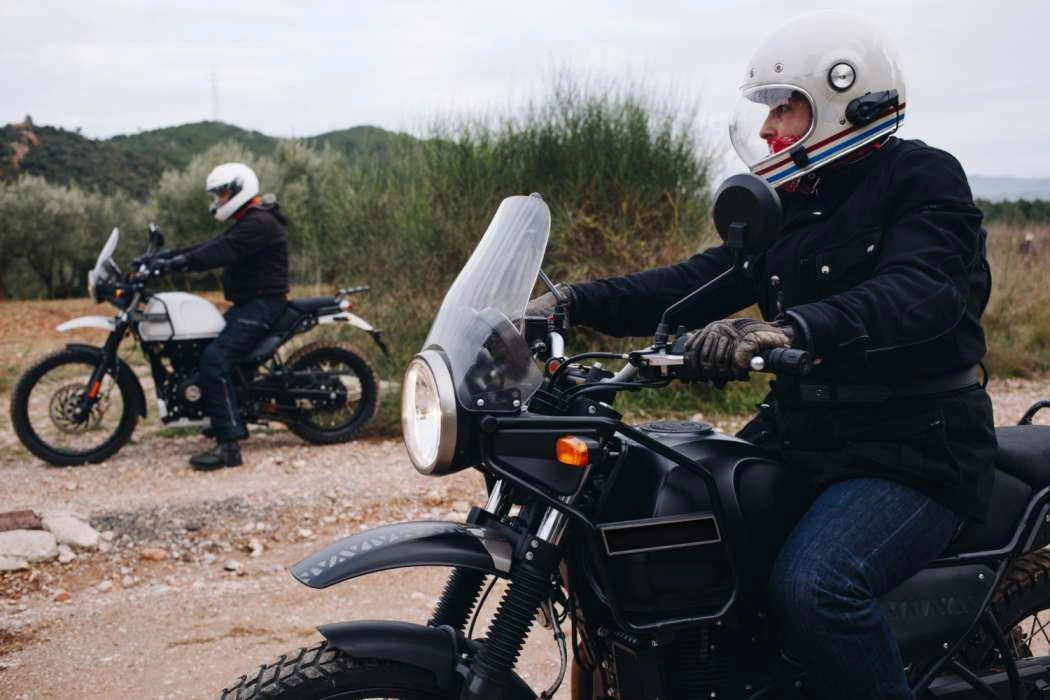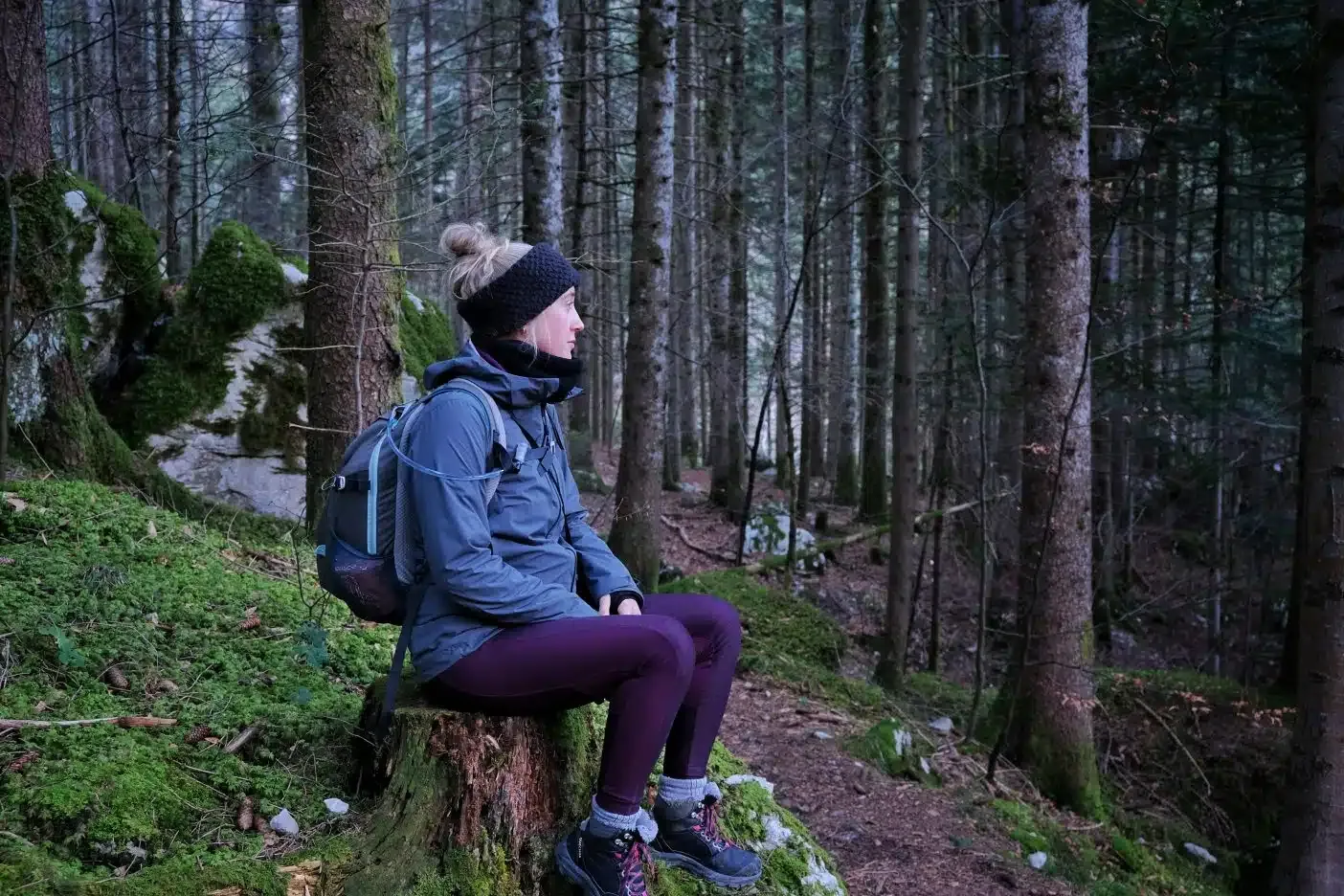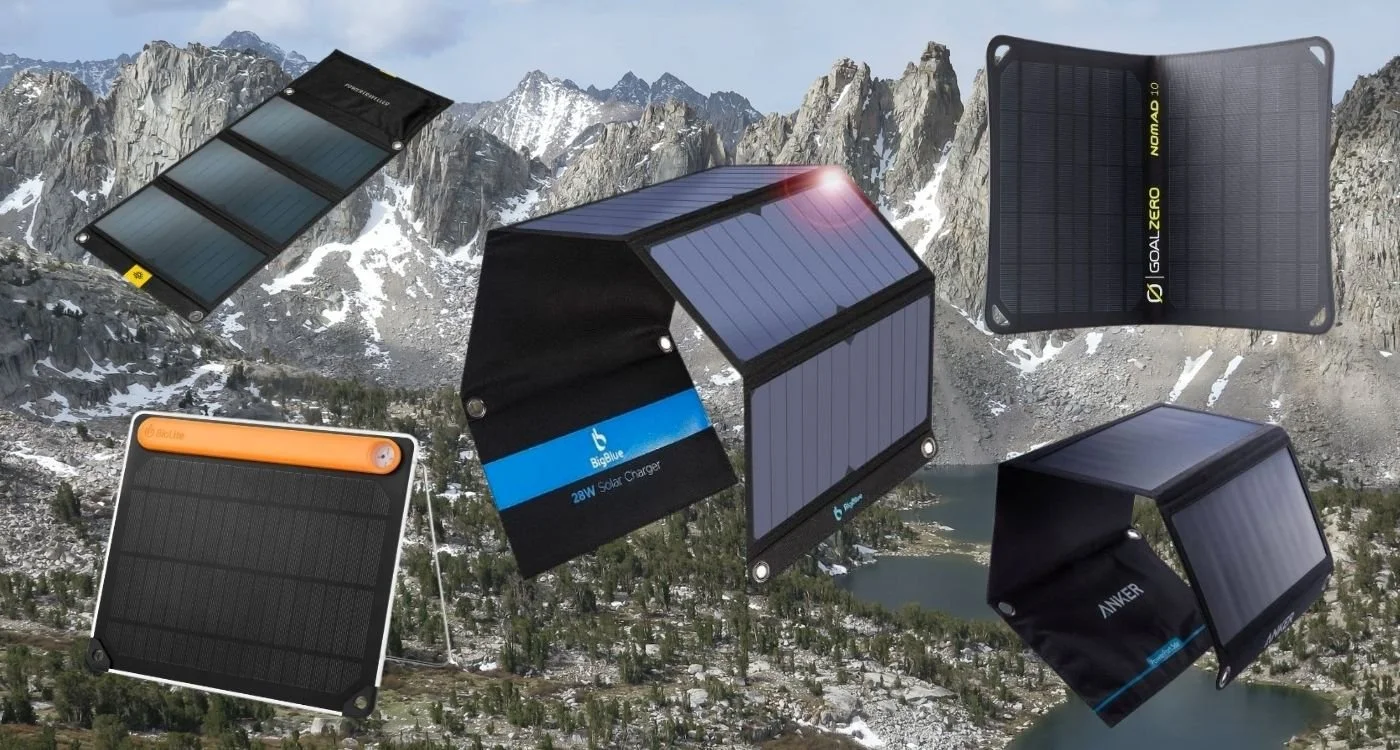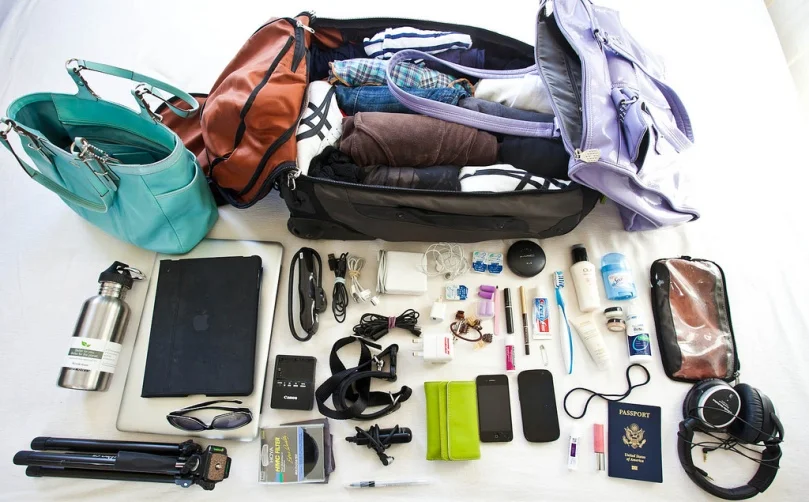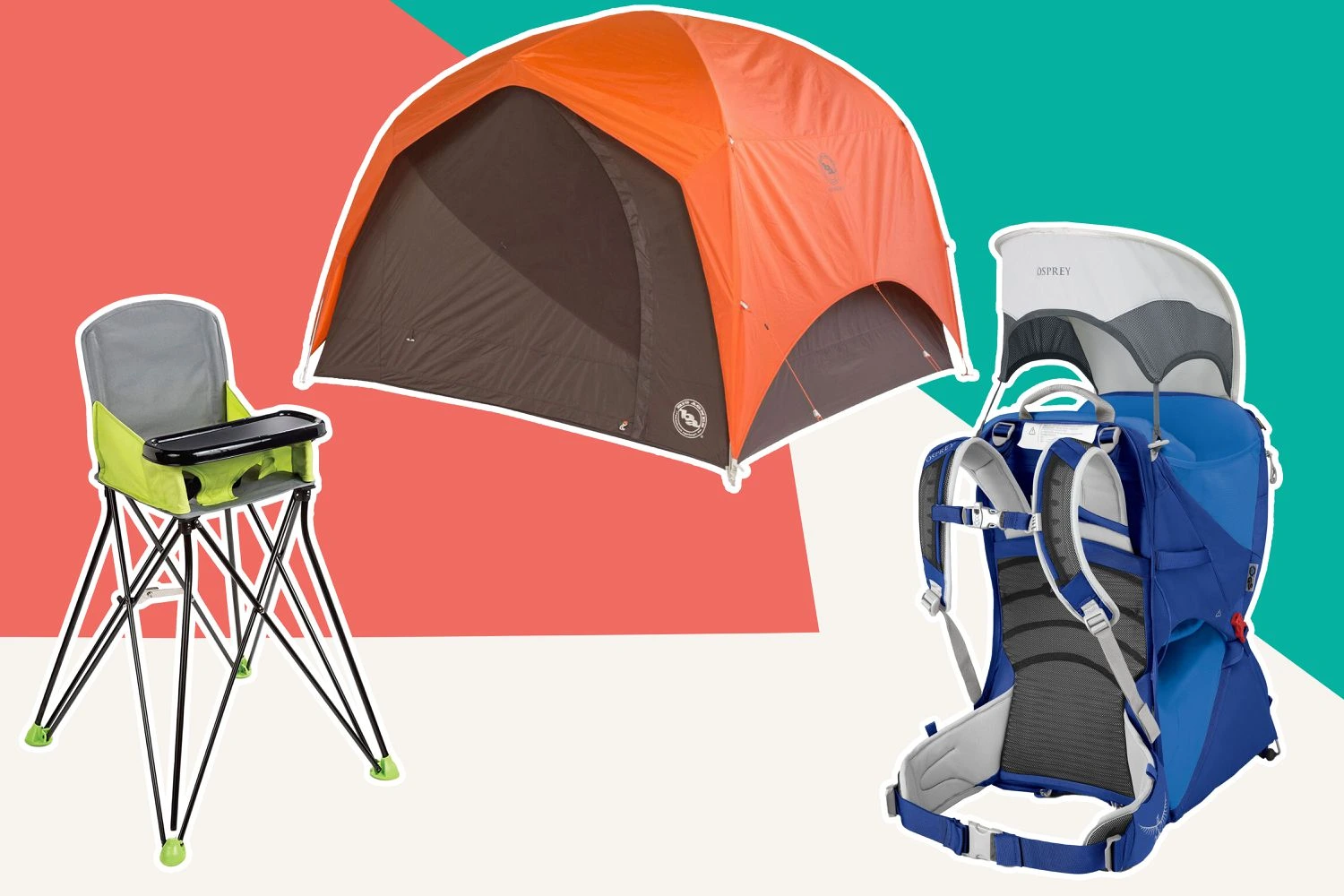Riding long distances on a motorcycle is a great method to improve your riding. It's an intense physical and mental challenge that will put your true abilities to the test and leave you with many priceless memories.
While every rider should dream of taking an incredible road trip, keep in mind that planning is necessary before you can go. This isn't how you get to work every day. Long-distance tours need much preparation. Before plunging into the deep end, make sure you have a strategy, the appropriate equipment, and lots of long distance riding advice.
So read our comprehensive guide to planning a long-distance motorbike journey before you start creating your next riding excursion. You need to know what to anticipate by the time you finish reading this essay and be prepared to take on the world.
Increasing Your Strength and Readiness for Extended Rides
It's recommended to start modest and work your way up to longer rides. If you had no prior climbing experience, there's no way you could ascend Mount Kilimanjaro. Thus, consider increasing the intensity a little if your typical rides last an hour or two at most.
Before you start fantasizing of multi-day travels, start with a few day outings. This will help you adjust to spending a lot of time on the road and will get you used to spending lengthy hours with your ass on a motorbike seat.
Consider your general level of fitness as well. Long-term motorcycle riding requires a surprising level of stamina. You'll probably pay a price for it if you're very out of shape. If you're not used to riding for more than a few hours, attempt to build up some stamina first. Riding a motorcycle works your glutes, core, and general aerobic abilities.
Read also: How to Choose the Right Cycling Gear for Beginners
Essential Equipment for Extended Motorcycle Rides
- Helmet: Clearly, in order to ride lawfully, you must wear a helmet. The true query, though, is the type of helmet you're wearing. Even with a 3/4 helmet, which is likely what casual riders possess, a quarter of your face is still exposed. Before embarking on a lengthy journey, attempt to obtain a full face helmet if at all possible.
- Motorcycle Jacket: A well-fitting jacket will cover your upper body and be useful in inclement weather. In relation to the weather, always be ready for everything.
- You may carry a lightweight raincoat to wear over your current riding gear or look for motorcycle coats that are weather resistant. Either way, remember to pack a comfy jacket. After all, you'll be wearing it for a very long time.
- Gloves: Some riders choose not to wear gloves at all, but what happens to us when we fall? Hold out our hands.Wearing the right riding gloves will protect your hands from impact and improve your ability to maintain a strong hold on the bike's controls. They'll also prevent your hands from freezing if you happen to ride at night or in colder conditions.
- Appropriate footwear: When riding a motorcycle, sturdy boots with excellent traction are essential, and this is especially true for extended rides. Avoid the error of assuming that regular shoes would suffice. It is not necessary to carry footwear made specifically for motorcycling, but they must be sturdy boots that will support you.
- Motorcycle pants: A common error made by motorcyclists is to wear a jacket that protects their upper body while ignoring their lower body entirely. Be not that person. There is a large selection of motorcycle jeans that are both comfortable and protective for your legs on extended trips.
Packing Advice and a Checklist of Gear
- Equipment for riding: As previously said, don't forget to pack a helmet, a riding jacket, riding trousers, gloves, and some supportive boots.
- Wear casual attire: Remember to bring extra clothing if you intend to spend the night someplace once your day of riding is complete so you can relax.
- Tool kit: Make sure one of your riding companions packs a small repair kit if you're riding with others. It's time to obtain one if you don't already have one and you plan to travel alone.
- Toiletries: Remember to pack a toothbrush, toothpaste, soap, toilet paper, and any additional supplies you may find useful.
- Paperwork: It's a good idea to keep important documents on hand, such as your driver's license, insurance policy, and car registration.
- GPS: Forgetting your mapping tool may be a major pain, whether it's a genuine GPS unit or just your phone. And remember to always have the charger on hand! In these circumstances, portable chargers can literally save lives.
- Snacks: You'll probably pass a lot of convenience stores on your travels, but it's always a good idea to have some emergency snacks on hand that you can have whenever it's convenient for you. Choose wholesome, high-energy items such as protein bars and trail mix.
- Water: Please bring two water bottles. It's true that there will likely be many of locations to restock your bottles, but you don't want to take the chance of becoming dehydrated.
- Camping gear: Make sure you have everything you need if you're going camping; otherwise, you'll feel foolish if you realize you've forgotten something crucial. This includes a tent, mattress, sleeping bag, stove, kitchenware, dishes, cutlery, a towel, and a flashlight (with additional batteries).
It may sound strange to say this after emphasizing how important it is to remember everything, yet while packing, use absolute ruthlessness. Bring only the bare minimum of necessities. So be it if it means giving up the speaker so you can pack your kitchenware. The last thing you want is to be burdened with a mountain of unnecessary clutter.
Investing in saddlebags or a tank bag might help you pack more efficiently. With a little planning, you'll be astonished at how much you can fit in. Use your imagination! It's easy to fit in a few more items whether or not you own a touring motorcycle. You are welcome to browse the internet for ideas on packing.
Read also: Top 4 Fitness tracking gear guides
Using High-Visibility Equipment to Ensure Rider Safety
How noticeable will you be when driving? It's crucial to keep in mind that most vehicles can hardly see bikers, and this is particularly true on lengthy, twisting roads and highways. Consider using a high-vis vest or reflective tape if all of your riding apparel is dark in order to increase the likelihood that other cars will notice you approaching.
Ergonomics & Comfort for Extended Rides
Ideally, during a lengthy riding excursion, you should try to be as comfortable as possible. This entails continuing to ride in a comfortable manner and dressing comfortably. Remember to maintain good posture if you spend extended periods of time in your seat since nothing can ruin your journey more than pulling up with a tight back or hurting muscles.

